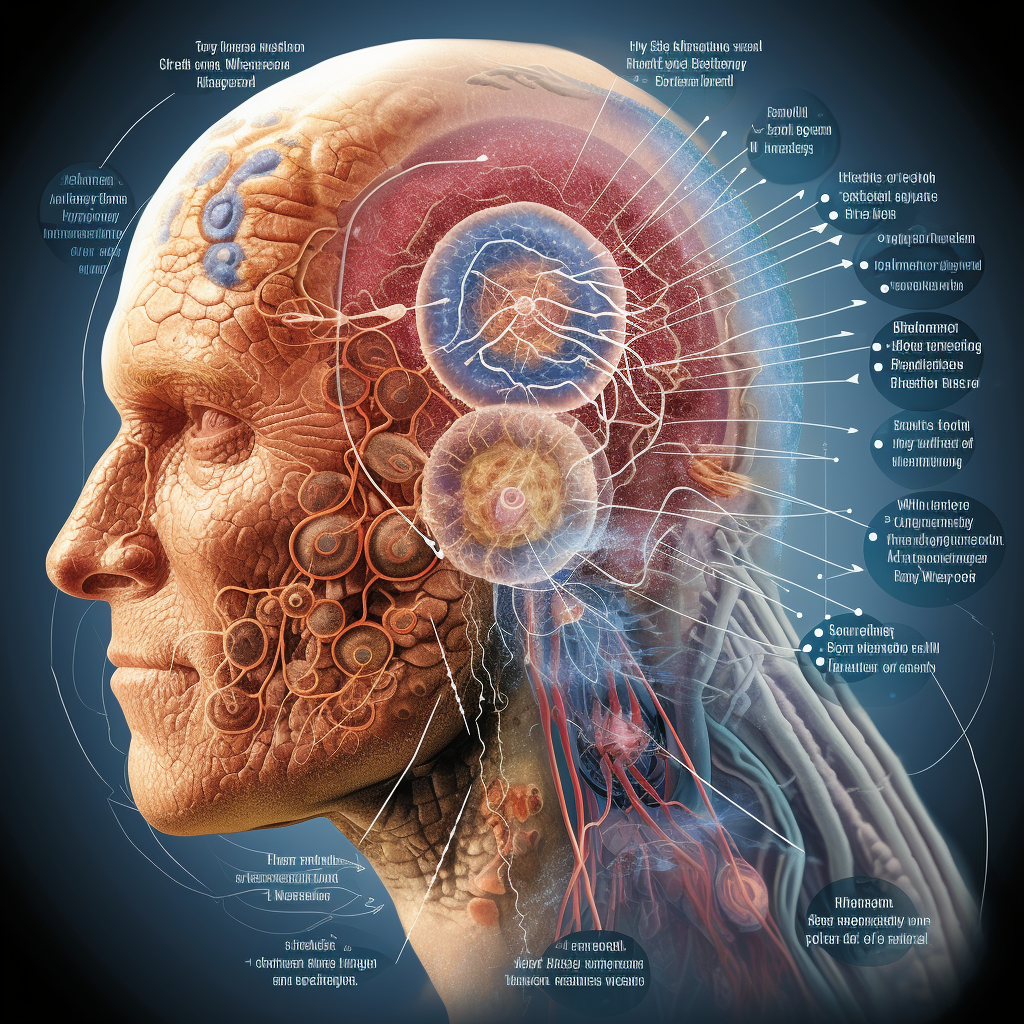One of the projects I’ve been working on recently has been with a startup named Melatech, which aims to develop AI-assisted workflows for clinical training and management. One of the areas they’re particularly focused on is dermatology. As with everything else during the pandemic, there was a transition to digital spaces in dermatology services. This means that more dermatologists are operating in an “asynchronous” mode; providing consultations on request by primary care physicians. This increases the need for tools that streamline the e-consult workflow.
You probably see where this is going. AI technology has already made a splash in fields like radiology, but development and adoption of AI in dermatology has been slower. To some extent, this presents an opportunity for the field; new tools can take advantage of the newest advancements. Are you ahead of me yet?
I’m working with Melatech’s experts to explore the potential of Large Language Models for increasing the efficiency of the e-consult workflow. In my view, the first step for this process is to understand the landscape of AI in dermatology; what has been working and what obstacles have been encountered. Working together, we put together a whitepaper on the topic. I’m making an early version of this available here on the blog. We’re looking to see if there might be another venue that might be interested in publishing this information.
More developments to come! For now, check out the white paper.
 Ben
Ben 
 LLM Apps Part 2 - Ollama, LlamaBot and Oobabooga - Oh my!
LLM Apps Part 2 - Ollama, LlamaBot and Oobabooga - Oh my!